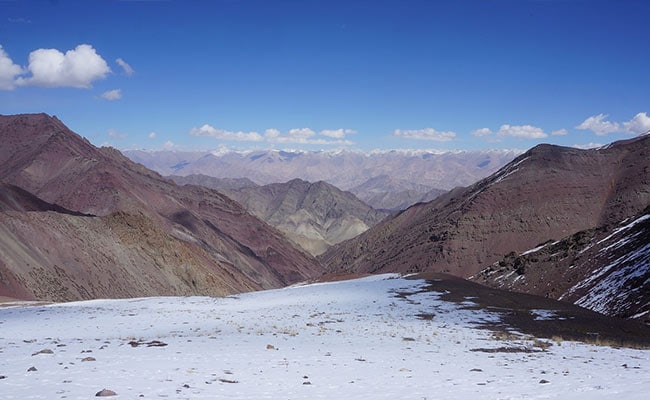
SOURCE: NDTV
India and China have agreed to “peacefully resolve the situation in the border areas in accordance with various bilateral agreements”, the Foreign Ministry said today, a day after the two counties held high-level talks between the militaries of the two countries near eastern Ladakh. The talks were requested by India and were held at the Border Personnel Meeting Point in Maldo on the Chinese side of the Line of Actual Control (LAC) in Eastern Ladakh on Saturday.
“It took place in a cordial and positive atmosphere. Both sides agreed to peacefully resolve the situation in the border areas in accordance with various bilateral agreements and keeping in view the agreement between the leaders that peace and tranquility in the India-China border regions is essential for the overall development of bilateral relations,” the Foreign Ministry said in a statement.
The Indian delegation was led by Lieutenant General Harinder Singh, Commander of 14 Corps, while the Chinese side was headed by the Commander of the Tibet Military District. Multiple local-level talks by regional military commanders had not made any headway.
“Both sides also noted that this year marked the 70th anniversary of the establishment of diplomatic relations between the two countries and agreed that an early resolution would contribute to the further development of the relationship,” the Foreign Ministry said.
The government also said New Delhi and Beijing “will continue the military and diplomatic engagements to resolve the situation and to ensure peace and tranquility in the border areas”.
India says the Chinese military is hindering normal patrolling by its troops along the LAC in Ladakh and Sikkim, and strongly refutes Beijing’s contention that the escalating tension between the two armies was triggered by trespassing of Indian forces across the Chinese side.
The stand-off in eastern Ladakh is in at least five key areas where India and China have had traditional differences on the perception of the LAC in the region. The present tension between the two sides came into sharp focus when reports of skirmishes between the soldiers of both sides were reported in the Pangong Lake region on May 5 and May 6.
Since the clashes, there have been multiple reports of intrusions by Chinese infantry soldiers in areas which include Demchok to the South, the Fingers region on the Eastern banks of the high-altitude Pangong Lake, the Galwan River basin and more recently the Gogra post. There have also been some reports of increased Chinese activity to the North, towards the Daulat Beg Oldie area.
The likely trigger for the face-off was China’s stiff opposition to India laying a key road in the Finger area around the Pangong Tso Lake and the construction of another road connecting the Darbuk-Shayok-Daulat Beg Oldie road in Galwan Valley.
The standoff is the most serious since India and China, who fought a brief war in 1962, were locked in a similar faceoff in Doklam, in the eastern Himalayas, that lasted nearly three months in 2017.
A day before the military-level meeting, on Friday, India and China vowed not to allow their “differences” become disputes and agreed to handle them through peaceful dialogue while respecting each other’s sensitivities and concerns. The positive approach came at a diplomatic dialogue through video conference between Naveen Srivastava, joint secretary (East Asia) in the Foreign Ministry, and Wu Jianghao, director general in China’s Foreign Ministry.
The border tension between India and China was among a range of important issues that Prime Minister Narendra Modi and US President Donald Trump discussed in a phone call on Tuesday, a week after Mr Trump claimed that he offered to mediate between India and China.
However, top government sources had contradicted the claim, asserting that there had been no recent interaction between the two leaders. China also rejected Mr Trump’s offer, citing the two neighbours are capable of properly resolving the issues through dialogue and consultation.
The India-China boundary covers the 3,488-km-long Line of Actual Control. Both sides have been asserting that pending the final resolution of the boundary issue, it is necessary to maintain peace and tranquillity in the areas along the LAC.
https://defencenewsofindia.com/both-sides-agreed-to-peacefully-resolve-situation-india-on-military-level-talks-with-china/






